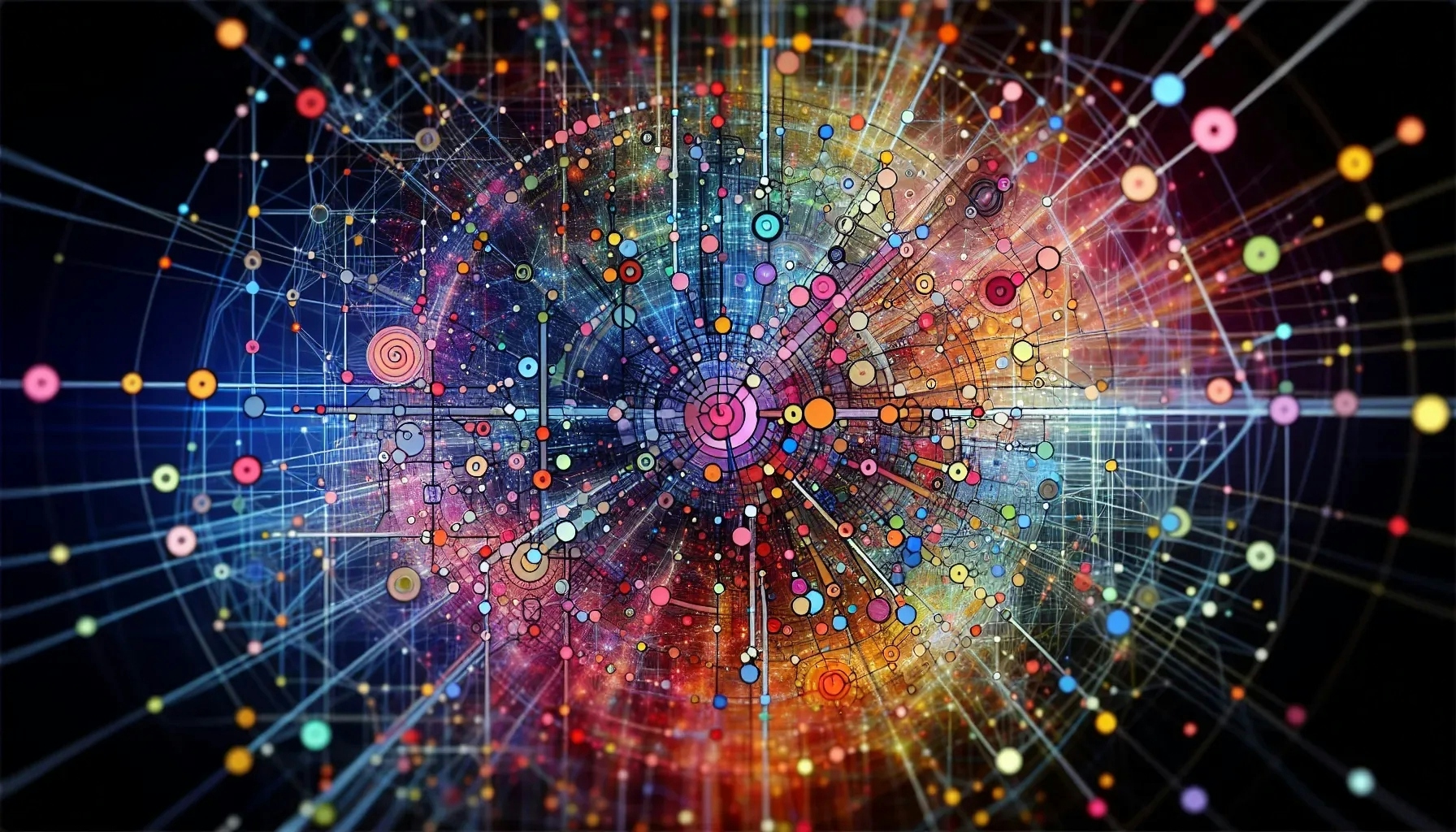How Can Data Visualization Change Stakeholder Understanding of Datasets?
Statistician Zone

How Can Data Visualization Change Stakeholder Understanding of Datasets?
When a Data Analyst recounts how visualizations revolutionized stakeholders' grasp of digital marketing data, we gain a glimpse into the transformative power of data visualization. Alongside expert perspectives, we've gathered additional answers that further illustrate the impact of visual storytelling on data comprehension. From simplifying complex concepts to highlighting anomalies with visual cues, here's a collection of instances where data visualization shifted the understanding of datasets.
- Visualizations Reveal Digital Marketing Impact
- Visual Tools Enhance Pattern Recognition
- Graphical Formats Simplify Complex Concepts
- Visuals Foster Evidence-Based Decision Making
- Narratives Make Data Compelling and Relatable
- Spotlighting Anomalies with Visual Cues
Visualizations Reveal Digital Marketing Impact
In a marketing analysis project, traditional reports failed to convey the effectiveness of various advertising channels in acquiring new customers. Implementing data visualizations, such as funnel charts to track customer acquisition stages and heat maps to visualize customer engagement on different platforms, significantly changed stakeholder understanding. One instance highlighted the underperformance of traditional print ads compared to digital campaigns, as visualizations revealed higher conversion rates and engagement metrics online. This insight prompted a reallocation of marketing budgets toward digital channels, resulting in improved ROI and customer acquisition. Overall, data visualization facilitated strategic marketing decisions, enhancing stakeholder comprehension and driving business growth.

Visual Tools Enhance Pattern Recognition
Data visualization acts as a catalyst for recognizing patterns and gleaning insights from data sets with efficiency. It transforms rows of daunting numbers into visual formats like graphs and charts, which can be understood at a glance. This not only saves time but also allows stakeholders to promptly identify key aspects of the data that may have otherwise been overlooked in a tabular format.
Visual tools make it easier to spot trends, correlations, and disparities that inform critical thinking around the data. Encourage your team to utilize data visualization to enhance their pattern recognition capabilities.
Graphical Formats Simplify Complex Concepts
The communication of complex concepts is greatly enhanced through the use of data visualization. By presenting data in a graphical or pictorial format, abstract and intricate relationships within the data become easier for stakeholders to comprehend. This simplification aids in bridging the gap between expert data analysts and non-technical stakeholders, ensuring that everyone has a clear understanding of the information being shared.
It is especially useful in scenarios where stakeholders must grasp intricate systems or processes through data representation. Start integrating visual aids into your presentations to make complex data more accessible to all stakeholders.
Visuals Foster Evidence-Based Decision Making
Incorporating data visualization into the decision-making workflow propels an organization towards a more data-oriented strategy. It enables stakeholders to draw conclusions and make informed decisions based on the visual representations of data rather than hunches or assumptions. As such, it fosters a culture of evidence-based reasoning where choices are justified by solid data points highlighted through charts and graphs.
This process reduces uncertainties and biases, leaning on concrete visual evidence to steer decisions. To become more data-driven in your decision-making, consider adopting visualization tools that can illuminate the data's story.
Narratives Make Data Compelling and Relatable
Data visualization has the unique ability to turn abstract numbers into compelling narratives that stakeholders can relate to. By mapping data in a visual context, it tells a story that helps people understand the significance behind the statistics. This narrative form resonates more deeply than columns of numbers, which can be hard to digest and connect with emotionally.
By revealing the human or real-world implications of data, visualization makes the information impactful and memorable. Use visual storytelling in your next report to illustrate the human side of your data.
Spotlighting Anomalies with Visual Cues
The clarity that data visualization provides in highlighting trends, outliers, and anomalies is unparalleled. It allows stakeholders to quickly identify which data points fall outside the norm and warrant further investigation. This focus on the exceptional aspects of data sets can lead to new discoveries or alert an organization to potential issues before they become larger problems.
Visual depictions make these elements stand out amidst a sea of information, providing clear visual cues that are much harder to detect in raw data. Make sure to employ data visualization as a tool to spotlight the extraordinary within your data and take action accordingly.